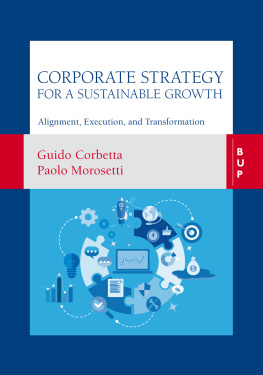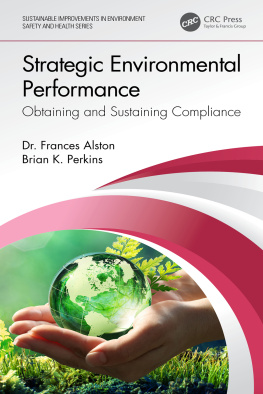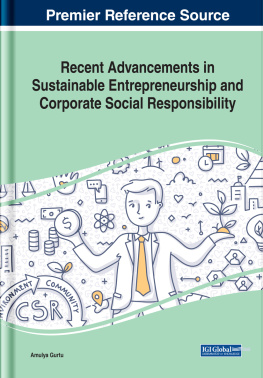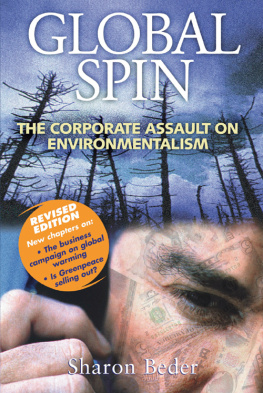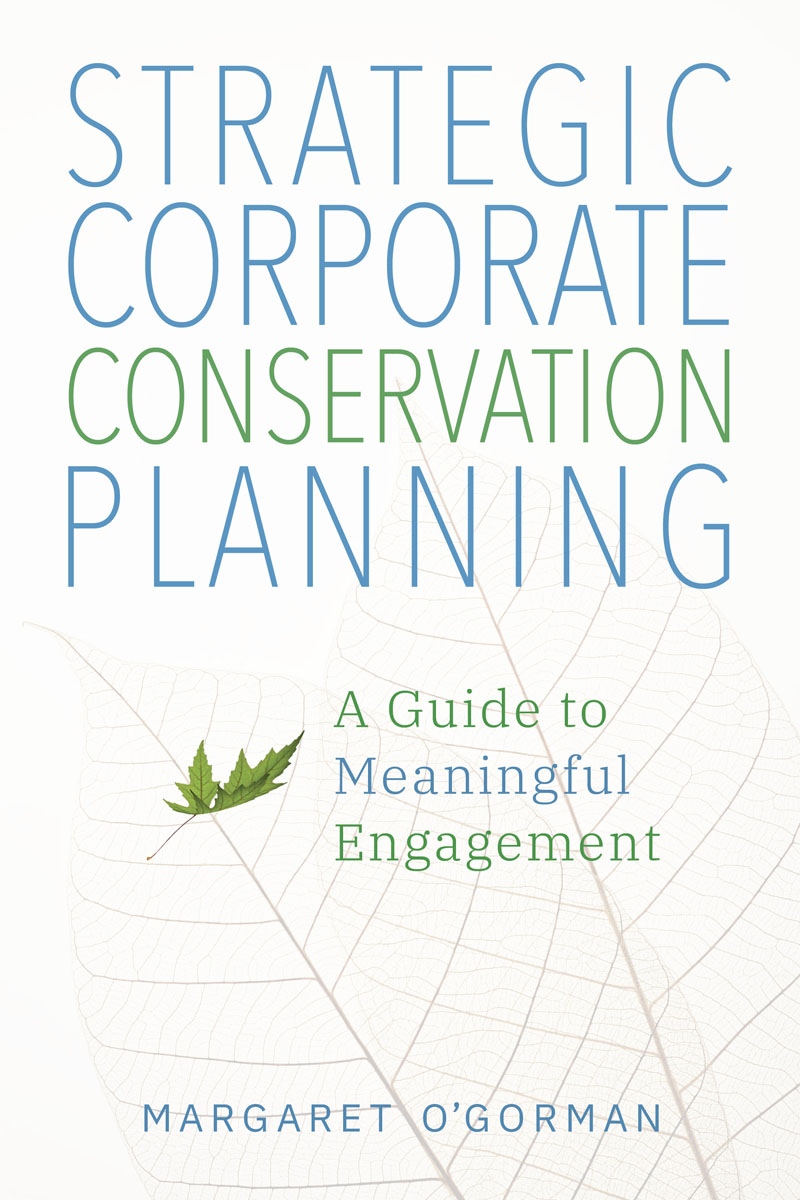
About Island Press
Since 1984, the nonprofit organization Island Press has been stimulating, shaping, and communicating ideas that are essential for solving environmental problems worldwide. With more than 1,000 titles in print and some 30 new releases each year, we are the nations leading publisher on environmental issues. We identify innovative thinkers and emerging trends in the environmental field. We work with world-renowned experts and authors to develop cross-disciplinary solutions to environmental challenges.
Island Press designs and executes educational campaigns, in conjunction with our authors, to communicate their critical messages in print, in person, and online using the latest technologies, innovative programs, and the media. Our goal is to reach targeted audiencesscientists, policy makers, environmental advocates, urban planners, the media, and concerned citizenswith information that can be used to create the framework for long-term ecological health and human well-being.
Island Press gratefully acknowledges major support from The Bobolink Foundation, Caldera Foundation, The Curtis and Edith Munson Foundation, The Forrest C. and Frances H. Lattner Foundation, The JPB Foundation, The Kresge Foundation, The Summit Charitable Foundation, Inc., and many other generous organizations and individuals.
The opinions expressed in this book are those of the author(s) and do not necessarily reflect the views of our supporters.

Island Press mission is to provide the best ideas and information to those seeking to understand and protect the environment and create solutions to its complex problems. Click here to get our newsletter for the latest news on authors, events, and free book giveaways.

Copyright 2020 Margaret OGorman
All rights reserved under International and Pan-American Copyright Conventions. No part of this book may be reproduced in any form or by any means without permission in writing from the publisher: Island Press, Suite 650, 2000 M Street NW, Washington, DC 20036
Island Press is a trademark of The Center for Resource Economics.
Library of Congress Control Number: 2019946445
All Island Press books are printed on environmentally responsible materials.
Manufactured in the United States of America
10 9 8 7 6 5 4 3 2 1
Keywords
business drivers, community engagement, conservation partnerships, corporate citizenship, corporate conservation, corporate conservation plan, corporate lands, corporate social responsibility, corporate STEM education, corporate sustainability, ecological remediation, environmental education, nature-based climate solutions, nature-based solutions, pollinator gardens, social license to operate, strategic conservation plan, sustainability key performance indicator
For MIKE
For my mom, MARY

For every corporate conservationist bending and breaking the rules to get the job done.
CONTENTS

PREFACE

My journey to understanding how essential it is to build healthier relationships between business and the environment began when I was working at the Pinelands Preservation Alliance (PPA) in New Jersey. PPAs mission is to protect 1.1 million acres of ecological significance in a state scarred by its industrial history, dominated by suburban sprawl, and subjected to constant pressure from development of all types. New Jersey is an ideal place to begin to understand the needs and opportunities for ecological action in settings that are not pristine, not protected, and not wilderness.
To learn about environmental issues in New Jersey is to learn in a place where no corner of the state has been left untouched by humans, and it is to learn about the legacy of industry across a state industrialized since the first European migrants arrived on its bountiful shores. To know environmental issues in New Jersey is to know the Ciba Geigy plant in Toms River, where illegally dumped pollutants leached into residents groundwater for decades causing irreparable harm to human health, as well as environmental damage that will take decades to clean up. It is to know the Passaic River, where more than seventy companies are responsible for the highly toxic chemicals dumped there and found in the sediments today. To know New Jerseys environmental past and present is to know the complicated relationship between business and nature that exists both in the Garden State and across the rest of the world. It is to know places both pristine and broken, ugly and beautiful, industrial and postindustrial. In Liberty State Park, it is to see that toxic places can be fixed. In the New Jersey Pine Barrens, it is to understand that patterns of abusive land use can be regulated but must be forever guarded against. In the amazing biodiversity of New Jersey, it is to celebrate that nature can thrive and indeed recover in a human-dominated landscape that was, in the late 1980s, home to just a single pair of bald eagles, where today over 100 productive pairs are resident.
In 2012, when I started working with the private sector to advance a model of environmental engagement focused on conservation implementation, my worldview broadened to embrace a different aspect of the corporate relationship to nature. Listening to a quarry manager at Vulcan Materials Calica quarry in Playa Del Carmen, Mexico, I heard about the joys of dynamic reclamation (which means not waiting until the quarry has been fully excavated before starting the ecological reclamation, but instead restoring as the excavation moves across the site). Visiting Fighting Island in the Detroit River, I learned about a conservation partnership between the US Fish and Wildlife Service and BASF, the global chemical company, which has resulted in the first spawning sturgeon the river has seen in decades. I met an employee from an Exxon oil refinery in Billings, Montana, who was brimming with pride for a restoration project that not only created functional wetlands out of gravel pits but also connected school children to STEM education. Again and again, I have seen or learned about conservation efforts happening on corporate lands that were meeting global conservation objectives, satisfying a corporate business need, and connecting employees and community members with a shared sense of meaning.
Reconciling the view of the corporate polluter with the view of the corporate ecologist is not easy, but it can be done. The reconciliation happens across time and scale. The view of the polluting overlord is formed by the actions of the past and observed at a large corporate scale. Thats not to say that the polluting overlord is an extinct concept. Sad to say, its not. Legal and illegal pollution is still happening today (especially in developing countries) but not at the reckless and dangerous scale of yesteryear. A better corporate relationship with nature and communities is evolving. Its a new relationship that is local, personal, and based in the present while focused on the future.
This evolution still has a long way to go. One of the biggest threats to global biodiversity is from corporate action, clearing forests for crops. The main driver of climate change is fossil fuel extracted and burned by industry. The very model of capitalism that the global economy is based on is predicated on corporate success, which is ultimately based on exploiting the planets finite resources. The challenge is how to keep shifting away from the destructive corporate actions and mindsets of the past, from lax materials management and poor environmental performance toward a place where respect for nature is mainstreamed into operations, considered in daily decisions, and included in corporate goals, reports, and plans. The challenge is to get to a place where nature is not just a risk or an externality but a true and deeply held value and where action for nature is the norm and not the exception.
Next page



